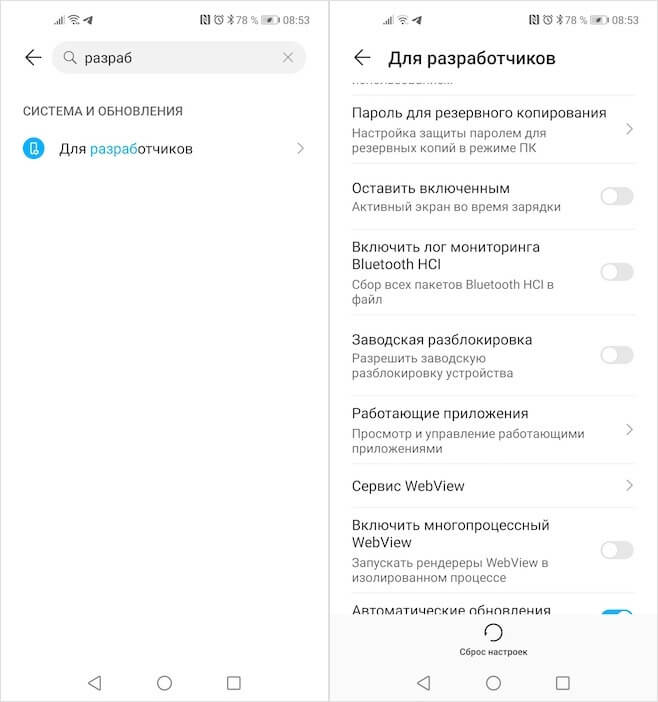Modern Android smartphones have no problems with RAM for a long time. Gradually it became the norm for the device to have 8 or even 12 GB. In principle, there are more, but even the most notorious geeks have no idea yet where such a large amount of RAM can be used. Still, for stable operation, the device rarely needs more than 5-6 GB, and what remains is just a reserve in case some application crashes and it starts to consume RAM as if not into itself. But how to find out where the RAM goes if there is no standard tool for checking its consumption in Android?

Have you noticed an overuse of RAM? Take it and check where it goes
In fact, there is such a tool, it is simply hidden from ordinary users and available only to developers. That is, you don't need to install any application for this. In the end, relying on third-party software for such matters would be too rash, given that it is often created by enthusiasts who know little about development and engineering subtleties, but just try their hand.
How to enable developer menu on Android
To access the tool for monitoring the consumption of RAM, you first need to obtain developer rights and open the corresponding section of the settings.
- To do this, go to 'Settings' and open the 'About phone' item;
- In the window that opens, find the line 'Build number';

Getting developer rights is easier than it sounds
- Press it quickly 5-10 times until the message 'You have become a developer' appears on the screen;
- Confirm the receipt of developer status by entering the access password.
From now on, you will see a new section for Developers under the 'Settings' menu. As a rule, it is located at the very bottom, next to the 'Software update' and 'About phone' sections. However, some manufacturers intentionally remove this item from the visible part and implement it as a sub-item in some kind of tab. Therefore, if you cannot find the 'For Developers' section, use the search that is built into the 'Settings' app. This is the surest way to find the menu item you are looking for.
What apps are consuming RAM
Now let's move on to the tool for controlling the consumption of RAM. To access it, you will need to do the following steps:
- Go to the 'For Developers' menu;

Hidden in the developer menu is a tool for tracking the consumption of RAM
- Scroll down to the 'Running apps' section;
- Here you will see a summary of the memory usage by the system and installed software.
However, if you look at the list of processes that are using RAM, you will not see any applications. And all because only system software appears here, the disabling of which can be fraught with failures and deterioration of the operating system. Therefore, we need to switch to the section that indicates the consumption of third-party applications. To do this, you need to click on the gear icon in the upper right corner. This action will take you to the same page, but with a list of all running third-party applications that use RAM.

Left – RAM consumption by system software, right – third-party
Most likely all applications except 'Settings' will be labeled as 'Cached Background Process'. This means that the application, although it consumes a resource, is in the background and is not active at the moment. Normal memory usage for an average application is 100-300 MB. Heavy games can consume 1 or even 2 GB. Thus, by the way, it is very easy to detect spyware applications, ad viruses and similar husks that do not fall asleep, but continue to scroll ads or collect data about the user.
If you see that an application is consuming too many resources, you can stop or uninstall it. You can simply reboot the software you trust or try to install an update. After all, developers can make mistakes when writing code. But if an application that consumes 500-700 MB or more is unfamiliar to you, it is better to stop it first, and then uninstall it in order to save the resource of the smartphone and provide it with smoother functioning without crashes and accidental crashes of applications running in the background.
